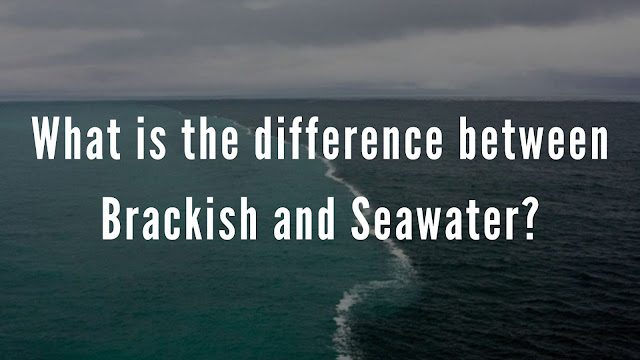By using ultraviolet radiation, UV technology can destroy the DNA of living organisms like cells, viruses, and spores. The dead microorganisms remain in the water but are rendered completely harmless. Ultraviolet purifiers can only kill microorganisms, they won’t help with other contaminants such as chlorine, fluoride, or inorganic materials like metals including lead. To remove those contaminants, you’d need to pair a UV water purifier with another system. UV or Ultraviolet water purifier is a proven technology that is capable to kill waterborne disease-causing microorganisms, and pathogens such as bacteria, viruses and cysts. UV lamp releases UV lamp when running water exposed to UV light, whatever germs like bacteria and viruses are damaged, inactive.
Advantages of UV water purifier
1. Low maintenance cost
UV technology not only makes water safe to drink, but it also helps you save money on upkeep. In the water storage tank, UV lamps do not stimulate algae growth. As a result, you won't have to deal with manually cleaning the water storage tank. Change the UV lamp once a year or when it stops working.
2. Improved water savings
When hazardous bacteria and toxins accumulate in the tank water, the tank must be emptied, resulting in water waste. However, if you use a water purifier with UV technology, you won't have to worry about this. Despite the fact that the UV lamp kills all pathogens in the water tank, the bacteria' lifeless corpses remain in the water. RO water filtration comes into play to solve this issue.
3. High purification rate
The UV water purifier is capable to deliver 2 to 4 litres of purified water within a minute. UV water purification systems disinfect water with outstanding efficiency. It’s possible to completely disinfect water in one cycle, increasing throughput and volume treated.
4. Very less manual cleaning
If you have a UV water purifier with a storage tank, it requires cleaning twice a week, whereas without a storage tank water purifier needs almost no manual cleaning.
5. Flexible UV intensity
One of the common misconceptions of UV purification is you need a bigger system to treat water to a higher quality. This is not true. You need the correct disinfection dose (mg/cm²) which is determined by UV intensity, not system size. System size determines the flow rate.
Disadvantages of UV water purifier
1. Germs' bodies remain in purified water
UV water purifier kills waterborne disease-causing bacteria, viruses and other pathogens, but their dead bodies still remain in purified drinking water. In case of fewer germs not being exposed to UV light and remaining life or redevelop and reproduce their population and makes water impure.
2. UV Doesn’t Improve Water’s Taste
Microorganisms like bacteria and viruses might be dangerous to drink, but they don’t affect water’s taste. Using a UV water purifier, before and after purification taste and colour does not alter. If treating water has a bad smell, or odour then use the Activated Carbon water purifier with a combination of UV water purifiers.
3. UV Water Filtration Requires Electricity
A UV water purifier works by emitting UV light, and the UV lamp needs to be powered by an electricity supply. Although UV filtration has low operating costs and doesn’t use more electricity than a standard light bulb, installing a UV water filter will increase your energy bill slightly.
4. UV water purifier does not remove toxic chemicals
UV light exposure does not affect chemicals like chlorine, or fluoride. If your water contains harmful chemicals, heavy metals, volatile organic compounds, or sediment, a UV water treatment system can’t be used to remove these contaminants. That’s because ultraviolet light is only effective in treating living organisms.
5. Does not effective on turbid, mud water
Undissolved Solids like sand, mud and other organic solid matter become an obstacle to passing UV light through the water.
UV water purifier does not purify hard water. UV water purifier designed for purifying low TDS(Total Dissolved Solids) lake, and river water.







%20and%20Advantage%20and%20Disadvantage.png)

%20and%20Advantage%20and%20Disadvantage.png)